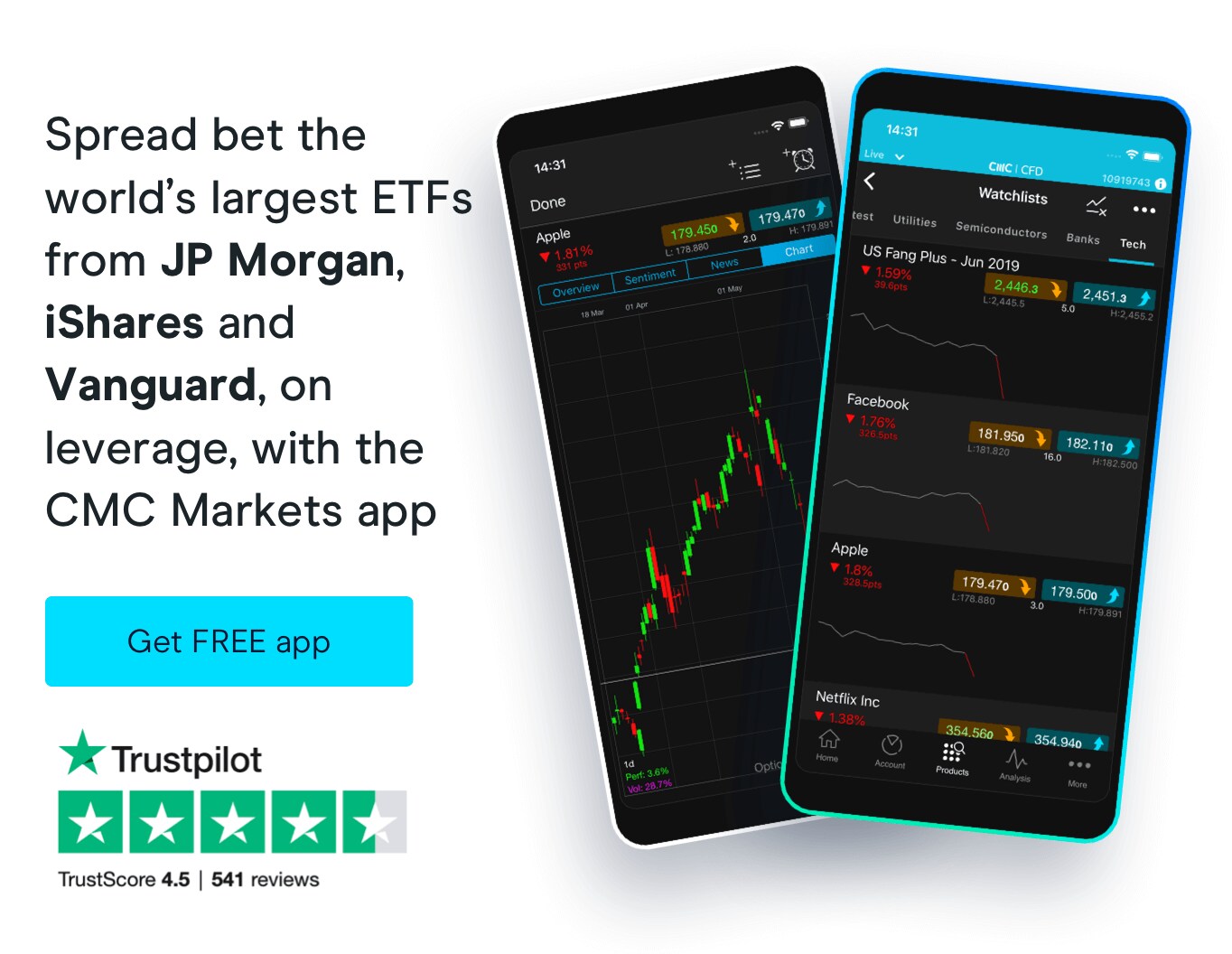Last April marked the 18th anniversary of the first-ever exchange-traded fund (ETF) launch in Europe. European domiciled ETFs have experienced a significant growth rate since then, particularly over the last three years, in which assets listed in ETFs or as exchange-traded products (ETPs) in Europe have soared by 64.2% to $828bn, according to research by ETFGI.
European ETFs are on track to reach €1tn by 2020 and by 2024 this figure could reach €2trn, according to Morningstar.
€1trillion
Estimated valuation of European ETFs by 2020
ETFs now account for 8.6% of total assets under management in European investment funds, up from 5.5% in 2014 research from the publication indicates. Meanwhile, a Moody’s Investors Service report adds that passives are expected to account for 25% of the European fund market by 2025.
The Europe ETF appeal
As of the end of July 2018, there were 2,320 ETFs and ETPs in Europe, data from ETFGI reveals. This included 7,845 listings from 66 providers across 27 exchanges in 21 countries. The main asset classes were equities, which held a 68.1% market share, followed by fixed income at 21.9% and commodities at 7.3%. Meanwhile, ESG ETFs saw assets grow by 50% to €9.95bn last year with 36 new market products, up from 15 in 2017, according to Morningstar.
“If you look back over the last 10 to 15 years, ETFs were used as sideline investments. Today investors are using them as core holdings, and that has resulted in a lot of growth over the last decade,” Axel Lomholt, head of international ETFs at Vanguard, wrote in a note to investors. “ETFs are useful to both highly experienced investors and the person in the street.”
“If you look back over the last 10 to 15 years, ETFs were used as sideline investments. Today investors are using them as core holdings, and that has resulted in a lot of growth over the last decade” - head of international ETFs at Vanguard, Axel Lomholt
Driving the appeal of ETFs is the advent of new issuers and new types of products, regulatory changes and the relative cost and performance of alternative products, ETFGI managing partner Deborah Fuhr writes in Investment Pensions Europe.
The popularity has been further fuelled by reduced ETF fees as providers compete for business, while investors increasingly seek passive rather than active investments as the lure of the star manager fades.
First Trust Eurozone AlphaDEX ETF, which focuses on top firms in the Eurozone, has a year-to-date daily total return of 17.1%, as of 2 December, while the iShares MSCI Eurozone ETF, which concentrates on large and mid-sized Eurozone firms, has a 18.3% YTD return.
WisdomTree Europe Quality Dividend Growth Fund, meanwhile, has risen 21% in the same period of time and focuses on European dividend-paying stocks.
Goldman Sachs expands its ETF offering
New launches this year include the Goldman Sachs ActiveBeta Emerging Markets Equity UCITS ETF, which tracks high-quality emerging market firms. It is the third European ETF from the investment bank, which says it will continue to add to the range.
Montreal-based BMO Global Asset Management, on the other hand, has recently announced it is going to close its European ETF business as of 21 January 2020 due to “the current levels of assets under management and projected asset growth in the current market environment".
This could be an indication that the firm is struggling in a low fee environment and could also indicate that more providers are turning to active ETFs, which in turn could prick the interest of traders.
“This is an area ripe for exploitation by boutique, niche players with proprietary strategies. Active ETFs can justify higher fees and fee income doesn’t have to be shared with an index provider, further enhancing the commercial proposition,” Simon Smith writes in ETF Strategy.
“This is an area ripe for exploitation by boutique, niche players with proprietary strategies. Active ETFs can justify higher fees and fee income doesn’t have to be shared with an index provider, further enhancing the commercial proposition” - Simon Smith
“The arrival of new providers may act as a catalyst for change. JPMorgan [JPM] has been particularly keen on using the ETF wrapper to deliver some of its active strategies. In fact, it has become the largest provider of actively managed ETFs in Europe by number of products, launching ten funds, six fixed income and four equity in 2018,” Hortense Bioy, director of passive strategies and sustainability research at Morningstar, told ETF Stream.
Constraints for European ETFs lessen
Generally, it appears that restraints on the development of new ETFs in Europe compared with the more buoyant US market are being lifted.
According to the ETFGI, there has been a comparatively low pick-up in ETFs in Europe by financial advisers and retail investors to date. However, the second Markets in Financial Instruments Directive (MiFID II), which ended the distribution policy of advisers being paid to sell products, could be a boon for ETFs, as they do not pay commissions to distributors.
“This allows the true cost of a fund to be seen more clearly and should play in favour of low-cost ETFs,” Bioy adds.
MiFID II has also increased reporting requirements for over-the-counter trades, which account for around 70% of ETF transactions, according to ETFGI. This means investors have a better understanding of the liquidity of individual ETFs. “This is good news for investors and should lead to increased trading efficiency and ultimately lower trading costs for ETFs,” Bioy explains.
“This is good news for investors and should lead to increased trading efficiency and ultimately lower trading costs for ETFs” - Hortense Bioy
The offering of ETFs on investment platforms has also been lower than expected. However, Fuhr says the FCA is conducting a review of platforms, which could “facilitate a more level playing field for ETFs in the future”.
Continue reading for FREE
- Includes free newsletter updates, unsubscribe anytime. Privacy policy



